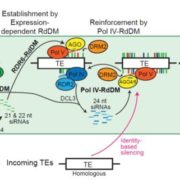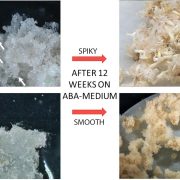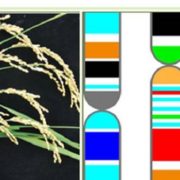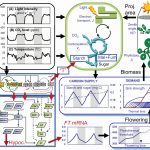Productivity and agronomic potential of perennial rice
 Modern rice is descended from a perennial grass, which through millennia of selection evolved into an annual “one-sow, one-harvest” crop. However, it has become apparent that perennial grains have the potential to decrease soil erosion and competition, as well as lower the labor required to produce food. Efforts to re-perennialize several crop species are ongoing, through both de novo domestication and interspecific hybridization strategies. Perennial rice (PR) has been developed from crosses between domesticated Asian rice Oryza sativa and an undomesticated perennial African rice Oryza longistaminata. Here, Zhang et al. report on the outcomes from several years of large-scale PR cultivation; in 2021, more than 15,000 hectares, including 44,752 smallholder farms were planted with PR. The authors report that a single planting can provide eight harvests over four years, with yields comparable to that of Asian rice and reductions in labor and soil erosion. Potential limitations, including the need for additional herbicide treatments, are also discussed. (Summary by Mary Williams @PlantTeaching) Nature Sustain. 10.1038/s41893-022-00997-3
Modern rice is descended from a perennial grass, which through millennia of selection evolved into an annual “one-sow, one-harvest” crop. However, it has become apparent that perennial grains have the potential to decrease soil erosion and competition, as well as lower the labor required to produce food. Efforts to re-perennialize several crop species are ongoing, through both de novo domestication and interspecific hybridization strategies. Perennial rice (PR) has been developed from crosses between domesticated Asian rice Oryza sativa and an undomesticated perennial African rice Oryza longistaminata. Here, Zhang et al. report on the outcomes from several years of large-scale PR cultivation; in 2021, more than 15,000 hectares, including 44,752 smallholder farms were planted with PR. The authors report that a single planting can provide eight harvests over four years, with yields comparable to that of Asian rice and reductions in labor and soil erosion. Potential limitations, including the need for additional herbicide treatments, are also discussed. (Summary by Mary Williams @PlantTeaching) Nature Sustain. 10.1038/s41893-022-00997-3









